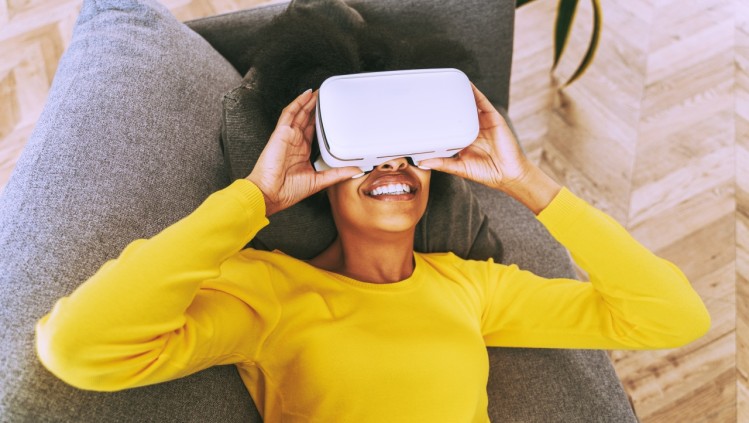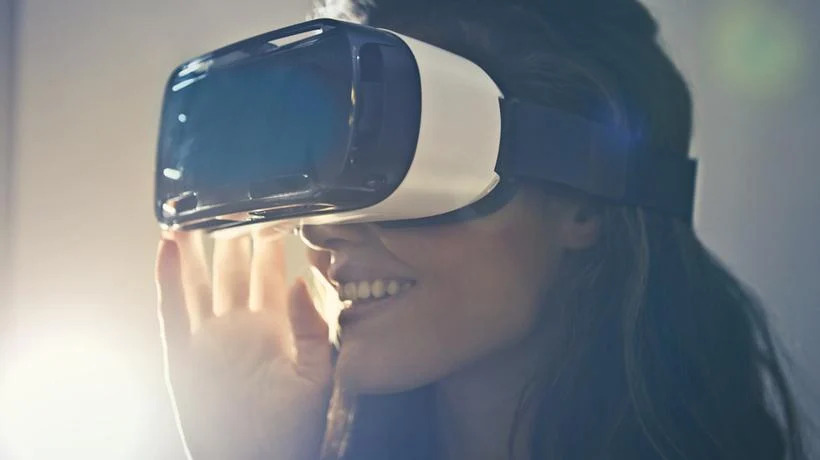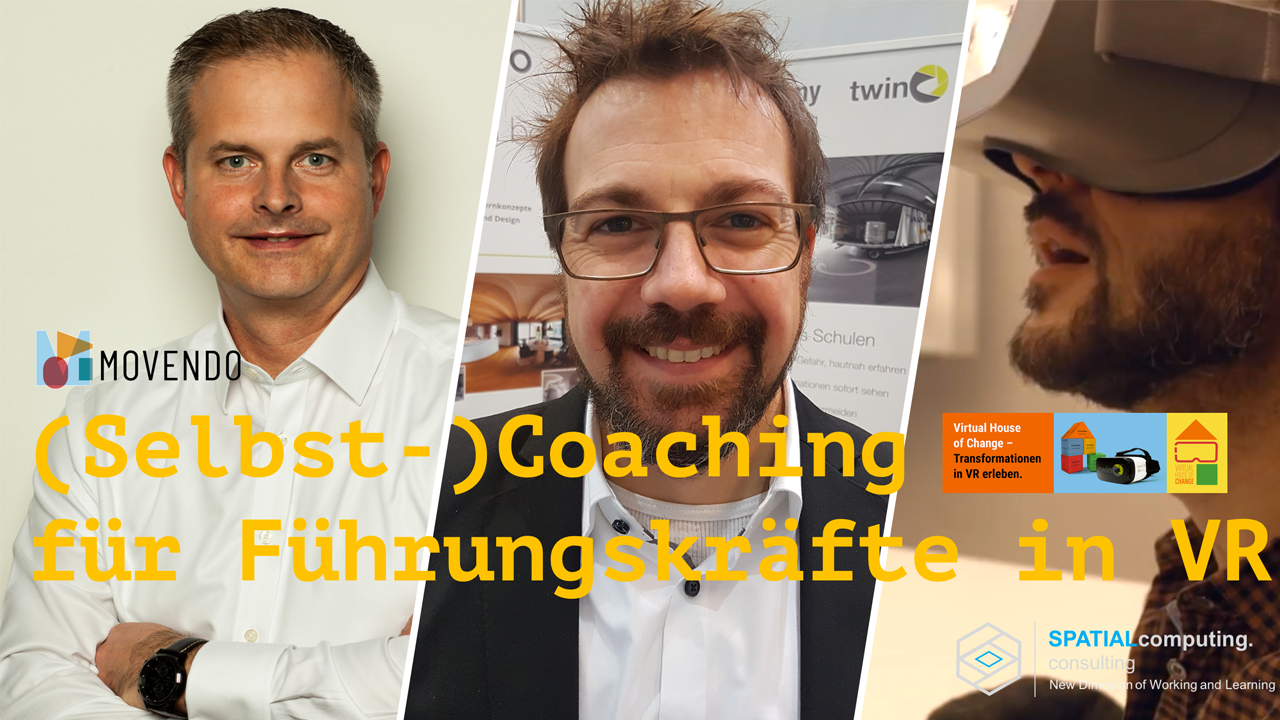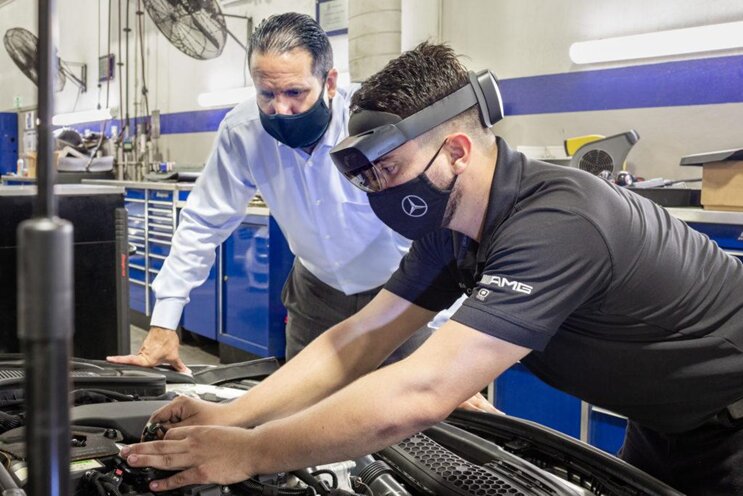Virtual reality (VR) technology has come a long way in recent years, and its use has expanded beyond just gaming and entertainment. One promising application of VR is the creation of immersive virtual tours of destinations, cities and landmarks, allowing users to explore new places from the comfort of their home.
Explore
There are numerous benefits to using VR technology for virtual tours. For one, it allows users to visit and explore places that might otherwise be difficult or impossible to access in person. This includes remote locations, historical sites, and even other planets. VR can also be a more cost-effective and convenient option for those who cannot afford or do not have the time to travel to these destinations in person.
Another advantage of VR virtual tours is that they can provide a more immersive and interactive experience compared to traditional methods such as photos or videos. We’ve all flick through Pinterest or Instagram profiles but with VR, users can move around and explore a virtual environment as if they were actually there, giving them a sense of presence and a deeper connection to the place they are visiting.
Learn
In addition to providing a more immersive and interactive experience, VR virtual tours can also be an educational tool. For example, students can take virtual field trips to museums, zoos, and other educational institutions, allowing them to learn about different subjects in a more engaging and interactive way. VR can also be used to simulate historical events or scientific concepts, helping students to better understand and visualise them.
One of the main benefits of VR virtual tours is that they can be accessed from anywhere with an internet connection and a VR headset. This makes it easy for users to explore new destinations from the comfort of their own home, office, or even while on the go. It also makes it possible for users to share their virtual tours with others, allowing them to experience a new place together even if they are physically apart.
Touch
VR virtual tours can also be a valuable resource for people with disabilities who may have difficulty travelling or accessing certain places in person. The technology provides those who cannot travel with the opportunity to visit and explore new destinations, allowing them to experience a sense of freedom and independence that may otherwise be limited by their physical limitations. In recent years, VR has also revealed itself to be a useful tool for rehabilitation and therapy, providing a safe and controlled environment for users to practice physical and cognitive skills.
For wounded military personnel, VR can be a way to reconnect with their sense of adventure and exploration, helping to boost their morale and overall well-being. With the support and help from health professionals, VR virtual travel can be a powerful tool for helping people with disabilities to overcome physical barriers and experience the world in new and exciting ways.
In addition to enhancing the immersive and interactive experience, haptic technology can provide a safe and controlled environment to practice physical and cognitive skills. Haptic technology, also known as touch feedback, allows users to feel the world around them and interact with virtual objects and environments in a more realistic and tactile way. This can be especially beneficial for users who may have difficulty accessing or interacting with certain environments in the real world.
Practicing grasping using VR and manipulating objects in a virtual environment can improve fine motor skills. Similarly, a user with a cognitive disability may be able to practice problem-solving and decision-making skills in a virtual and safe environment to help build confidence and independence.
Conclusion
VR technology has the potential to revolutionise the way we explore and learn about new places. With its ability to create immersive and interactive virtual tours, VR can provide a convenient and cost-effective way for users to visit and explore destinations and landmarks from the comfort of their own home. It can also be a valuable educational tool, providing students with engaging and interactive learning experiences. As VR technology continues to advance, we can expect to see even more innovative and exciting applications for virtual tours in the future.
Quelle:




